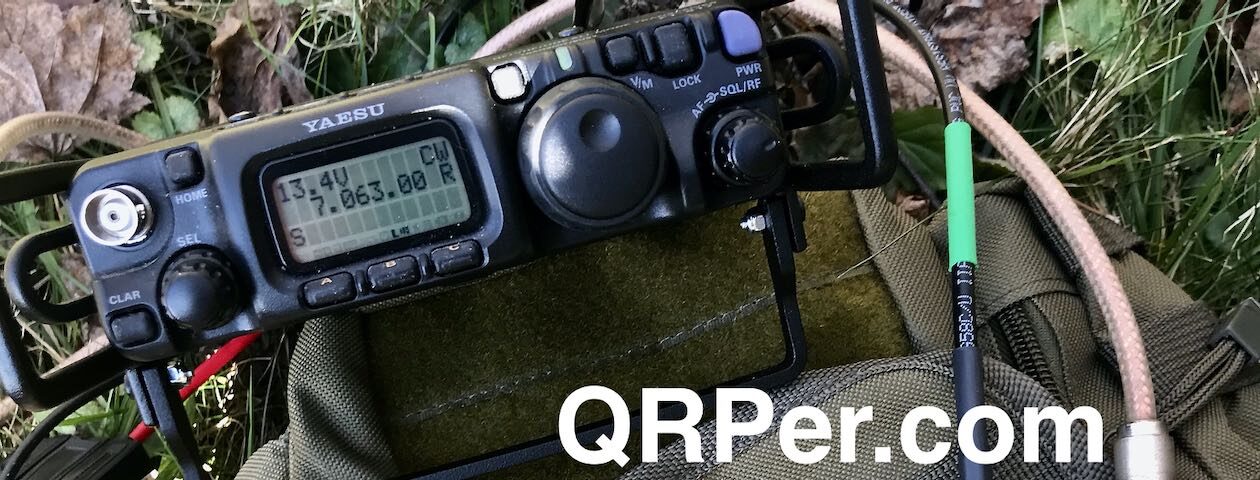On July 4, 2022, I plotted a multiple park POTA run that included four urban parks all clustered in the Sainte-Foy region of Québec City.
The first park I activated that day was Parc de la Plage-Jacques-Cartier (VE-0970)–click here to check out my full field report and activation video. The second park was Parc Cartier-Roberval (VE-0964)–click here to check out that field report and activation video. The third park was Boisé de Marly Provincial Park–click here to check out that field report and activation video.
My fourth park was Boisé des Compagnons-de-Cartier which essentially adjoined the previous park I activated. As I mentioned in the previous field report, I could have simply walked through the trail system to this park from my previous site, but I needed to find a different parking spot for my car, so I simply drove to a large lot next to the secondary school I spotted on Google Maps.
Turns out even though that lot was nearly empty, it was a paid parking, so I reserved a parking spot for one hour.
Boisé des Compagnons-de-Cartier (VE-0958)
When I first parked, I wasn’t entirely sure where the park entrance was until I spotted a bench and park sign at the far corner of the lot.
 This park, much like the previous one, seemed to be an urban park with trails for walking and running.
This park, much like the previous one, seemed to be an urban park with trails for walking and running.

I walked the main path into the park and looked for a park bench like I found at the park entrance (above). I thought it might be nice to set up along the path and do a park bench activation much like I did at another urban park in Québec City.
I walked for a decent distance and couldn’t see a bench in sight. The path was fairly busy with walkers and runners, so I was very pleased when I found a side trail cutting through the middle of the park.
I could tell that this path–while very well-worn and obvious–was not one maintained by the park admin. It looked more like a simple foot trail that local children have probably used in the past (I spotted a little wooden fort/lean-to in the woods.)
Keep in mind that this was my fourth park activation of the day and by this time, I was running behind–no surprise there. After the activation, I had two errands to run in QC before heading back to our condo and enjoying dinner and a movie with the family.
Continue reading Side trail POTA ATNO at Boisé des Compagnons-de-Cartier in Québec City


















































